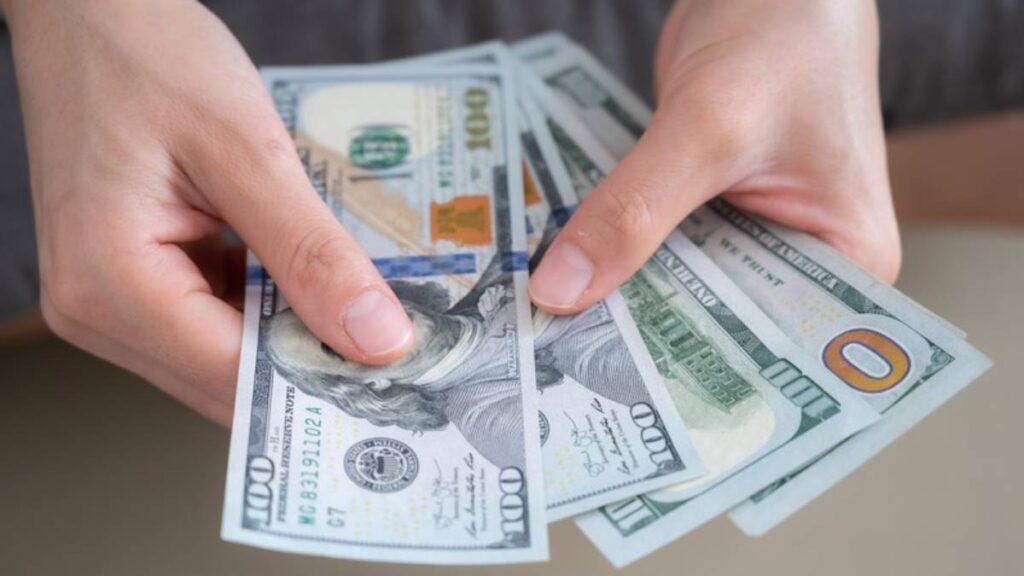
More than anyone else, Americans who have just made a major purchase, like a car, RV, or home, can testify to the significant increase in interest rates. Financial analysts have attributed the spike in interest rates to the artificial increase of federal fund rates.
The US Federal Reserve had to adopt this approach in response to the uncontrollable inflation that prevailed in the wake of the COVID-19 pandemic. The Federal Reserve has indeed paused that financial facility; however, its effect persists.
Borrowers for personal consumption seem to be the most affected by this record-high interest rate, which is the highest American borrowers have had to deal with since the early 2000s.
Nonetheless, the high-interest rates favor another segment of the US populace. Savers are smiling at the bank. Banks are business concerns that are equally out to make profits and share the largesse with their financial partners. In this instance, saving your funds with a bank makes you their financial partner.
Naturally, the more interest banks charge on loans, the more returns they recoup, and by extension, the more interest savers get on their deposits, which also increases. Indeed, the profitability of high interest rates becomes significant for savers who operate specialized savings accounts. For example, high-yield savings accounts and Certificates of deposit (CDs) offer higher returns through interest relative to conventional savings accounts.
There are speculations that the high-interest rates may soon taper off. So, this is the best time to lock in some funds into a CD account. However, you may be interested in knowing how much your savings would yield over time. Presently, some banks offer long-term CDs with interests as high as 4%. Below is a breakdown of how much interest different savings amounts would yield in 10 years:
- $1,000: Would earn you $480.24 on a total of $1,480.24 after 10 years.
- $2,500: Would earn you $1,200.61 on a total of $3,700.61 after 10 years.
- $5,000: Would earn you $2,401.22 on a total of $7,401.22 after 10 years.
- $10,000: Would earn you $4,802.44 on a total of $14,802.44 after 10 years.
- $15,000: Would earn you $7,203.66 on a total of $22,203.66 after 10 years.
- $20,000: Would earn you $9,604.89 on a total of $29,604.89 after 10 years.
- $25,000: Would earn you $12,006.11 on a total of $37,006.11 after 10 years.
Don’t say you were not told. The first step is to open a CD account, lock in your amount of choice, and watch your savings compound.
Now, you may ask: “What happens to my returns when the central bank reduces its rates?” Unlike regular savings accounts, which are reactive to the changing interest rates in the financial market, you can lock in the current high rates for a stipulated period.
